Staying Fit

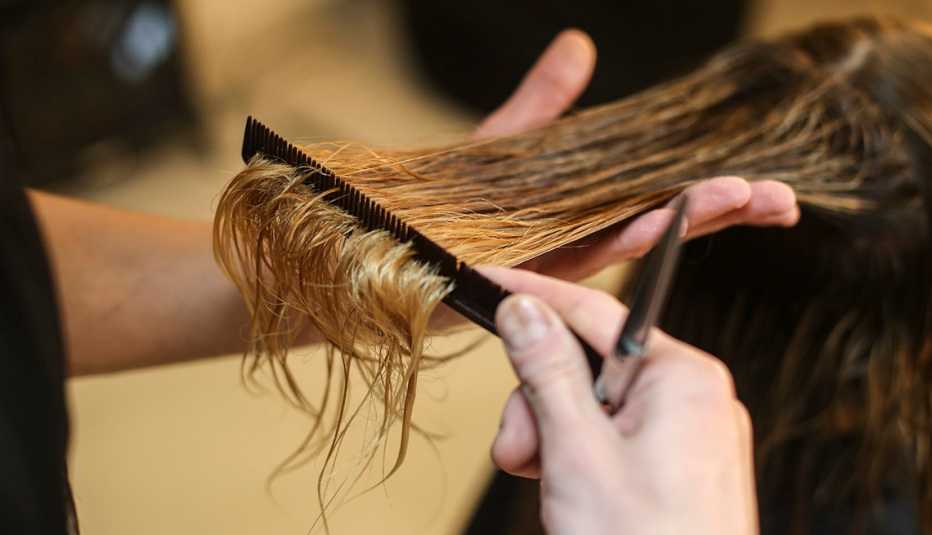
We've all had haircut disasters. Whether the cause was taking a chance at a new hair salon, a miscommunication with your usual stylist or a haphazard DIY trim, the result is the same: Horror. Anger. Disbelief. Hats.
Well-meaning friends suggest adding extensions or a wig until it grows out. We're just mortified and can't stand the idea of doing FaceTime or Zoom, let alone leaving the house. Well, as a beauty editor (who should know better), I have been there too many times to not have a few solutions up my sleeve. Here are 11 ways to survive a bad haircut.


AARP Membership— $12 for your first year when you sign up for Automatic Renewal
Get instant access to members-only products and hundreds of discounts, a free second membership, and a subscription to AARP the Magazine.


1. Try a mental flip
Maybe it's not as bad as you think. In fact, sometimes a dramatic change is just what we need to reboot your look — and outlook. For example, a year ago, you might never have considered wearing lug sole boots, a hoodie or joggers. Check out celebrity photos and start thinking of this situation as your new temporary role. Find something to love or at least like about it — the swingy shape that flatters your jaw, the eye-emphasizing bangs, the edgy look of layers or a tousled pixie. Once you can get past the shock, this may be all it takes.

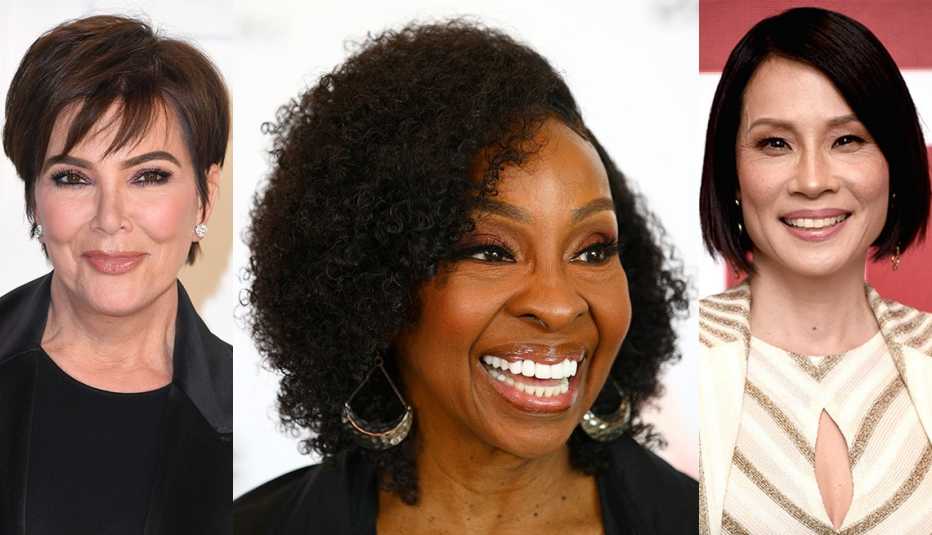
2. Get a second opinion and maybe a second haircut
Before you say, “No way!” ... hear me out. Sometimes the way to salvage a hated haircut is to get a “modification cut.” You could, for example, go a little shorter to correct an asymmetrical bob or an extreme A-line one, or get rid of textured ends that make your bob look wimpy. Or, instead of a cut, you could get a mini lesson from a stylist and learn how to use your natural texture to blur a cut's shape or how to use products differently to vary the look. The original salon where the cut occurred should comp you for this. Just between us, never let a stylist talk you into “taking a little weight and bulk off by thinning it” or a razor cut. Both are universally disastrous for mature hair.


3. Deal with unwanted layers
Some of us love the tousled look of layers but not when a scissors-happy stylist delivers a shag instead of the one-length cut you wanted. If you have thin, fine hair, layers can make it look even thinner. I've been through the “let's just add some layers for movement” routine, too. Waiting for layers to grow to one swingy length again is easier if you keep trimming the bottom only. Do not touch the rest! Even dusting the ends — a salon term that literally means a half-inch trim — matters. The faster you get to an overall blunt look, the better you'll feel.
































































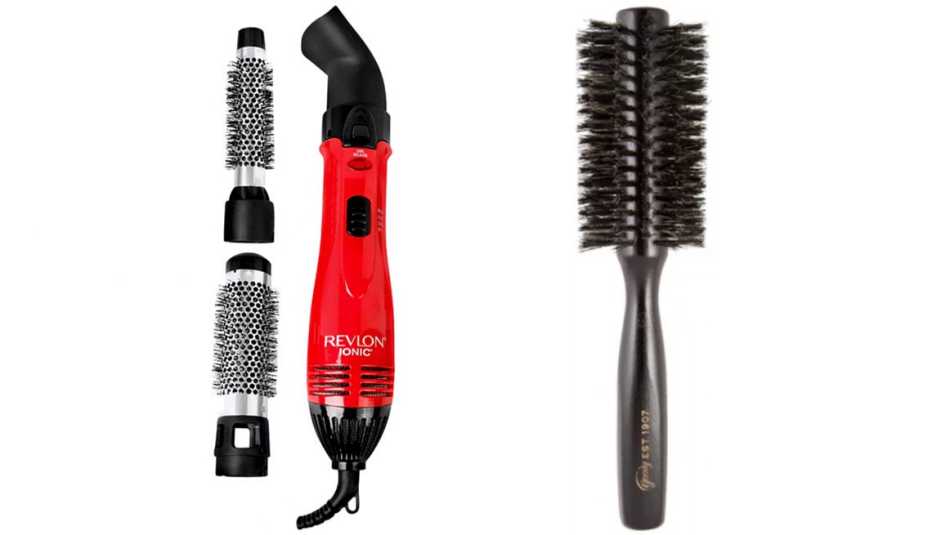


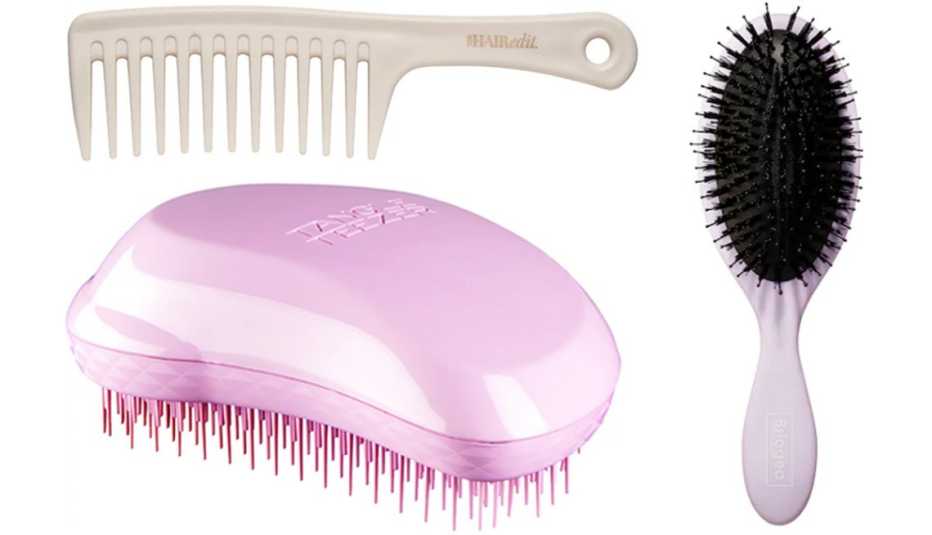
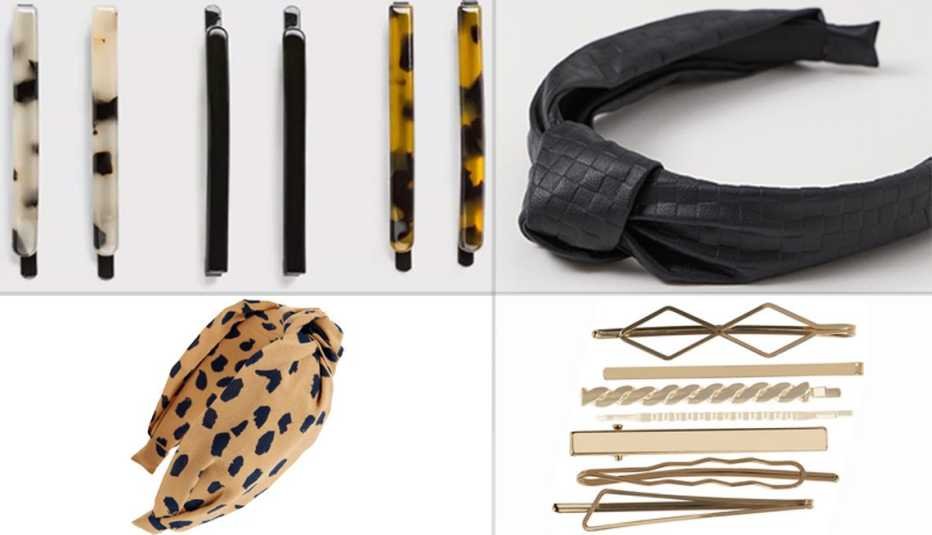




More on entertainment
The 10 Best Haircuts for Women to Get Now
Make your next trip to the salon count with a bold new look10 Ways to Find Your Best Hair Color at 50
Consider maintenance and skin color before you dyeRecommended for You